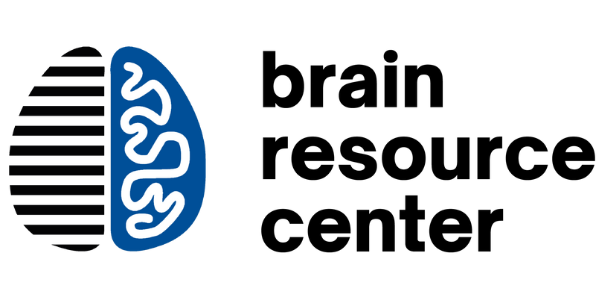
STROKE TREATMENT IN NYC
WHAT IS A STROKE?
A stroke occurs when blood flow to the brain is blocked. Blood carries nutrients and oxygen, and even a few seconds without a rich supply can lead to widespread death of brain tissue. Strokes can have devastating consequences depending on which regions of the brain experience tissue death, and can include trouble walking, lose of speech or ability to understand language, paralysis, and numbness in different regions of the body.
Risk factors for a stroke include high blood pressure or cholesterol, substance abuse, heart disease, diabetes, or old age, all of which can increase the risk of blood clots that disrupt blood flow to the brain. Strokes are responsible for 140,000 deaths in the U.S. annually. In less severe cases, fallout from a stroke can significantly alter an individual’s life, but early intervention with effective therapies can help regain brain function.
Neurofeedback therapy helps to encourage the growth and connections of brain cells in target regions. Using comprehensive qEEG brain mapping, we can view which regions of the brain have been impacted by a stroke, and target them in our training programs to restore function.
Neurofeedback Therapy for Stroke
Different regions of the brain control different functions, like speech, mood, memory, balance, ability to walk or move our of limbs. During a stroke, the loss of blood flow will impact specific regions of the brain, and whatever region is impacted will have resulting consequences on the body function that part of the brain controls. The main goal of rehabilitation is to target those specific impairments in order to regain their respective function. With proper treatment such as Stroke Neurofeedback Therapy, the brain is able to repair itself by restoring function and correcting brainwave dysregulation.
At Brain Resource Center we offer a host of neuromodulation techniques including neurofeedback, tDCS, rTMS, and more, which use neuroplasticity to help rewire the brain and repair the damaged regions. Our techniques give stroke survivors highly effective rehabilitation tools that target specific areas of the brain – including those that affect speech, movement, and mood regulation.
How does Neurofeedback work?
-

1. Brain map
Brainwave assessment identifies imbalances and helps to create a personalized treatment plan.
-

2. Treatment setup
Non-invasive sensors and headphones are placed on your head and the treatment session begins.
-

3. Brain activation
Software translates your brainwave data and stops or starts audio/visual media based on your brain activity.
-

4. Conditioning
In response to the audio/visual feedback, your brain adapts and learns to regulate your brainwaves and build new, healthy neural pathways.
-

5. Brain Training
Over time with continuous brain training, healthy brain activity in target regions increases, and symptom-associated activity decreases.
Ready to start the process?
Step 1: Schedule an intake appointment.
This initial session is a time for you to meet with our clinical psychologist, Dr. Fallahpour, to discuss your medical history, symptoms, goals, circumstances, etc. Fill out the booking form here or call us directly at 212-877-2130 to schedule your intake session or inquire for more information.
Step 2: Complete brain assessments.
After your intake session with Dr. Fallahpour, we recommend that you complete a qEEG brain map and neuropsychological screening. This provides us a more objective understanding of what is happening in your brain and which issues we need to focus on treating.
Step 3: Start treatment sessions.
After reviewing the results of your brain assessments, Dr. Fallahpour will design a personalized treatment plan for you. Then you will be able to start treatment sessions in office or remotely if eligible. Click here to learn more about our treatment options.
Related Research
Neurofeedback Training for Cognitive and Motor Function Rehabilitation in Chronic Stroke: Two Case Reports. Click Here
Neurofeedback as a form of cognitive rehabilitation therapy following stroke: A systematic review. Click Here
Improving Motor Corticothalamic Communication After Stroke Using Real-Time fMRI Connectivity-Based Neurofeedback. Click Here


